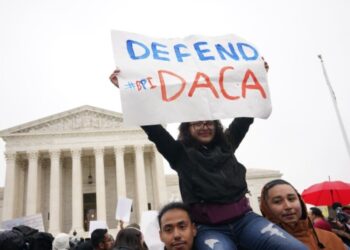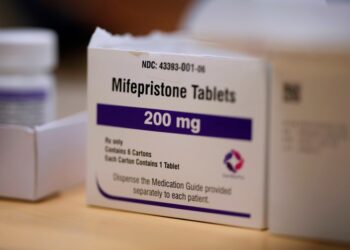Clinicians at Valley-Wide Health Systems never know who will appear at their clinic in San Luis, a town of about 600 people in southern Colorado.
“If someone’s in labor, they’ll show up. If someone has a laceration, they’ll show up,” said nurse practitioner Emelin Martinez, the chief medical officer for the health care system serving 13 rural Colorado counties.
But she struggled to find a full-time medical provider for that clinic, the only one in Costilla County. Born and raised in the area, Martinez filled some of the gap by driving about 45 minutes from Alamosa, the nearest city, once a week for months. A physician assistant from another town chipped in, too.
As one of the nation’s more than 1,000 federally designated primary care shortage areas, Costilla County has many carrots to dangle in front of medical providers willing to practice there, including federal student loan repayments, bonus Medicare payments, and expedited visas for foreign clinicians. Still, Martinez said, its latest opening remained unfilled for more than a year. Not a single physician applied.
Policymakers have long tried to lure more primary care providers to the areas of the nation that have fewer than one physician for every 3,500 residents. Recent examples include the Biden administration boosting funding in 2022 to address shortages and Sen. Bernie Sanders (I-Vt.) pushing sweeping primary care legislation in 2023.
But researchers steeped in the issue have a persistent frustration: It’s hard to know if any policy is working given that the data the federal government collects on primary care shortage areas has been flawed for a long time. One of the biggest gaps is that the system counts only physicians, not the myriad other health care professionals who now provide much of our nation’s primary care.
Additionally, a Health Affairs study shows the federal designations, which help allocate an estimated $1 billion in…
Read the full article here







